If seeing great deciduous bonsai at the Pacific Bonsai Expo felt like a treat, seeing the conifers offered a different feeling. It felt like a great opportunity to catch up with trees, and species, that I don’t get to spend a lot of time with.
Hemlock is the first species to come to mind. We struggle to keep hemlocks, mountain or Western, healthy in the Bay Area so they aren’t a common species here (warm winters and hot summers take their toll). Whenever I have the chance, I appreciate the time I get to study them.
It was also fun to see some trees I hadn’t seen in person before, like the fantastic blue atlas cedar by Konnor Jensen below.
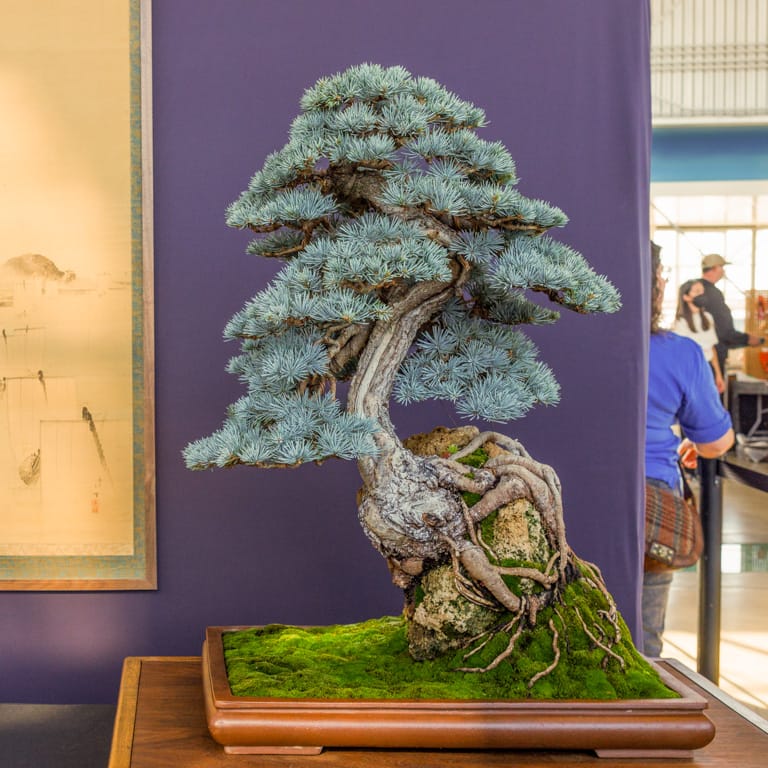
Blue atlas cedar by Konnor Jensen
(Average score: 3.8) Photo courtesy Jeng Fonseca
It’s rare to see well-developed atlas cedars, and really rare to see them clinging to a rock at an improbable angle. This tree was a great addition to the exhibit.
In terms of the scores the conifers received from the judging panel, the main thing that comes to mind is the tension is between the percentage of the score attributable to core characteristics of a tree and the percentage attributable to the work of the artist.
Put another way, how do we score a tree with a great trunk that’s styled poorly against a tree with a so-so trunk that’s styled beautifully?
Although I can’t answer the question with a strict point-value (I can’t say “subtract 1 point for poor wiring” without additional context), I can say that I appreciate conifers that have been bonsai long enough to accrue characteristics that reflect the repeated application of bonsai techniques.
That’s a long way of saying I like conifers that show great age in the trunk and in the branches.
Here are some of the coniferous highlights from the exhibit. All of the trees show great age in the trunks while the branch development varies from tree to tree.
Can I tell whether the scores reflect characteristics inherent to the tree (like the bark or a great trunk-line) or characteristics that developed in the garden (like branch density)? I can’t – but I can say that when trees have both they tend to score well.
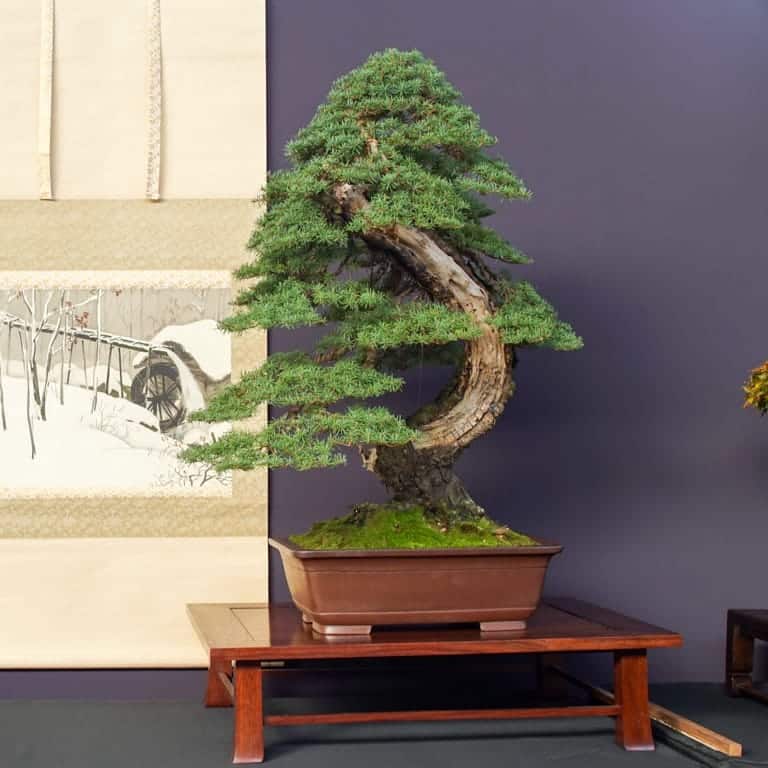
Mountain hemlock by Paul Krasner
(Average score: 3.5) Photo courtesy Julian Tsai
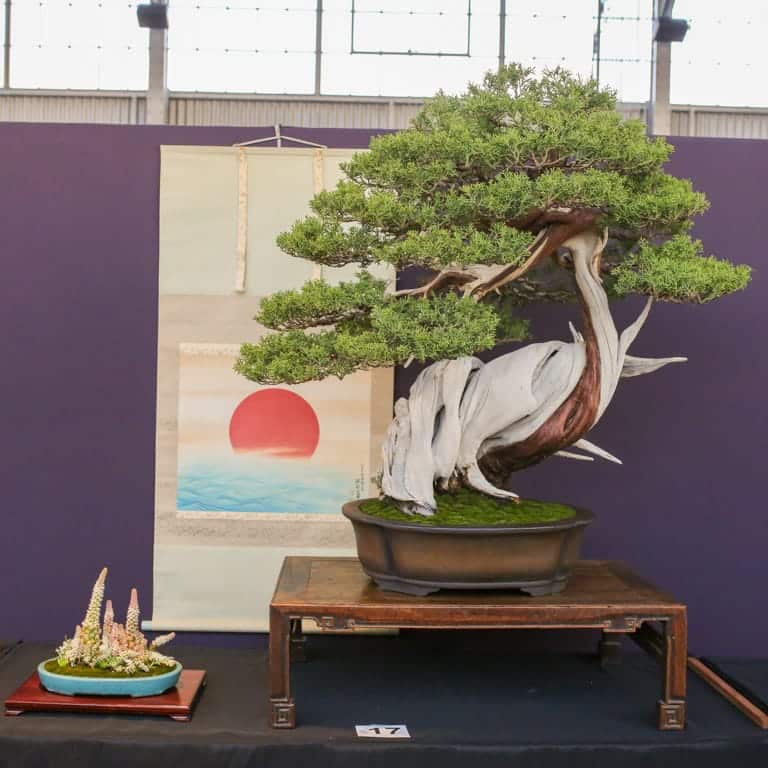
California juniper by Cholo Lucero
(Average score: 3.2) Photo courtesy Aki Yamakawa
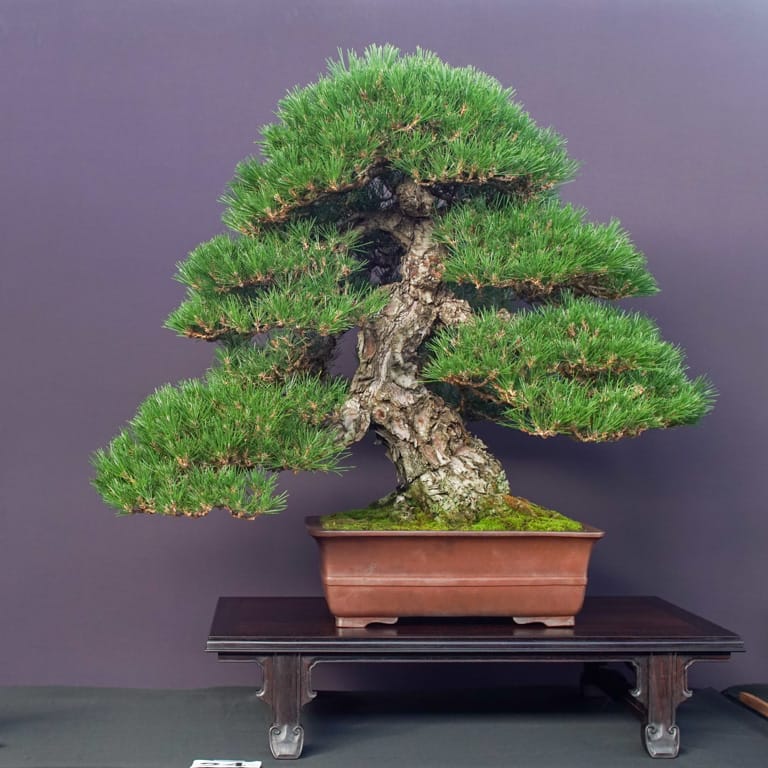
Black pine by Scott Elser
(Average score: 4.3) Photo courtesy Julian Tsai
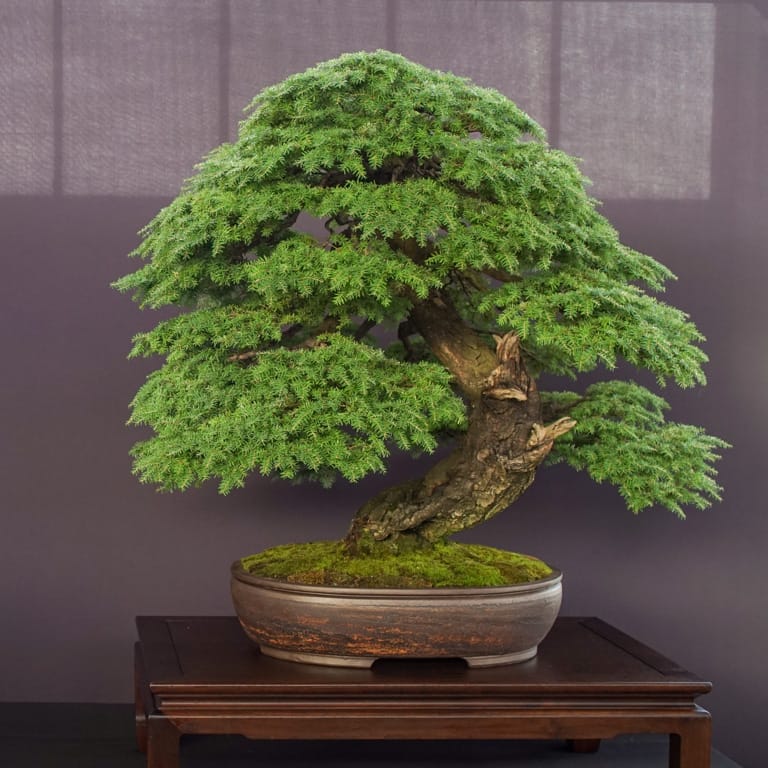
Western hemlock by Scott Elser
(Average score: 3.8) Photo courtesy Julian Tsai
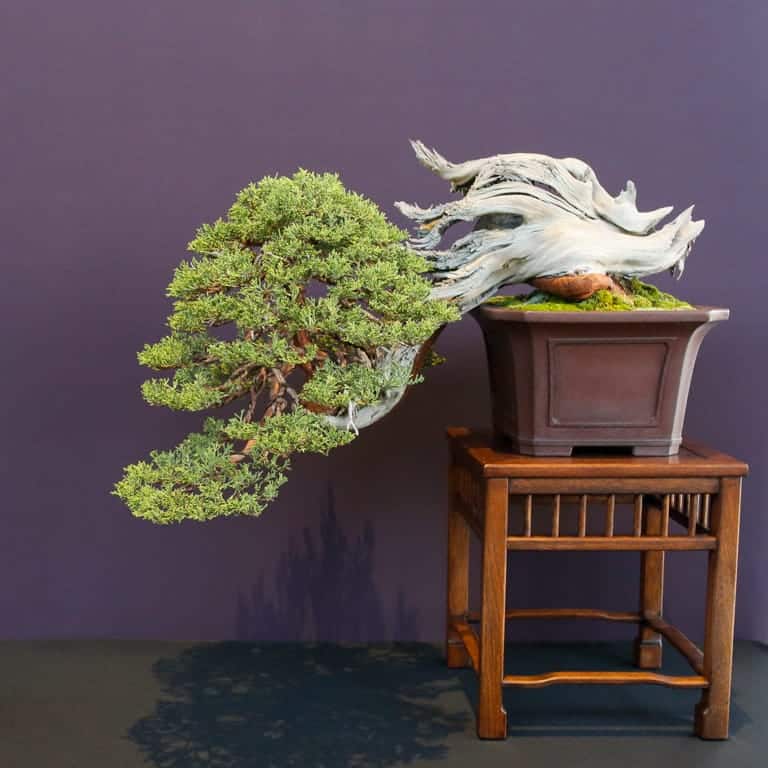
Sierra juniper by Howard Correa
(Average score: 3.9) Photo courtesy Aki Yamakawa
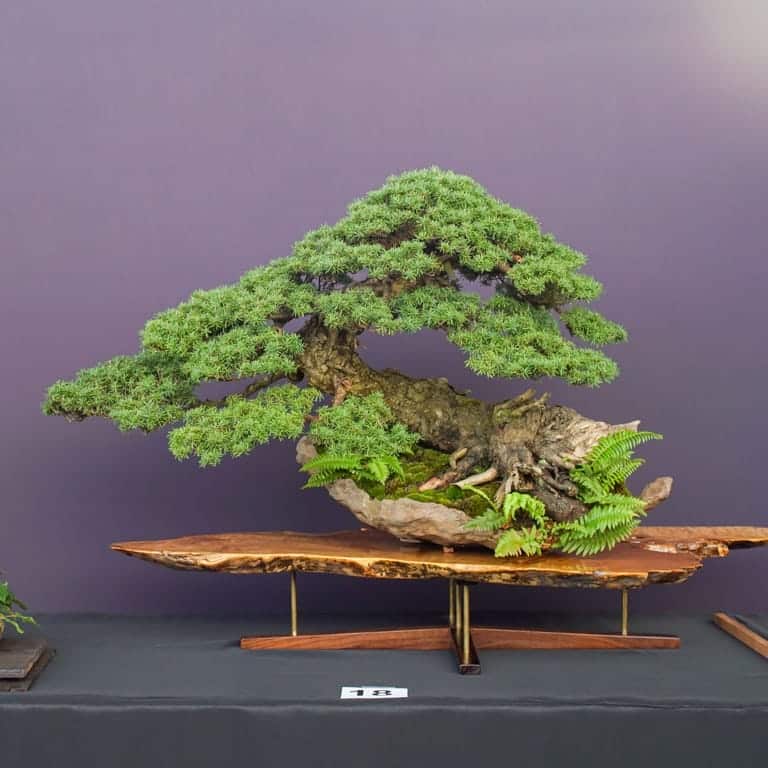
Mountain hemlock by Jason Eider
(Average score: 3.8) Photo courtesy Julian Tsai
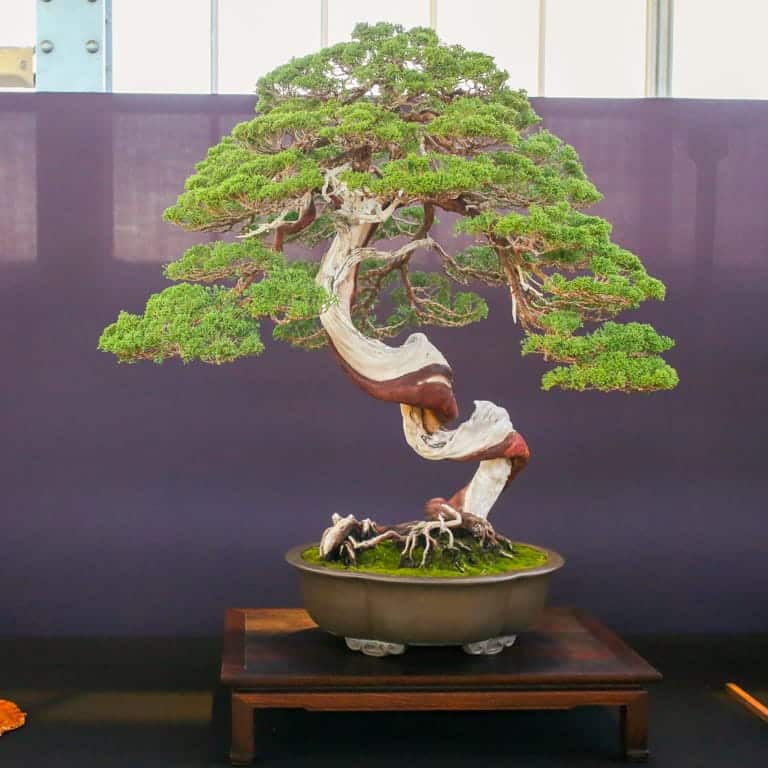
Shimpaku by Boon Manakitivipart
(Average score: 3.7) Photo courtesy Aki Yamakawa
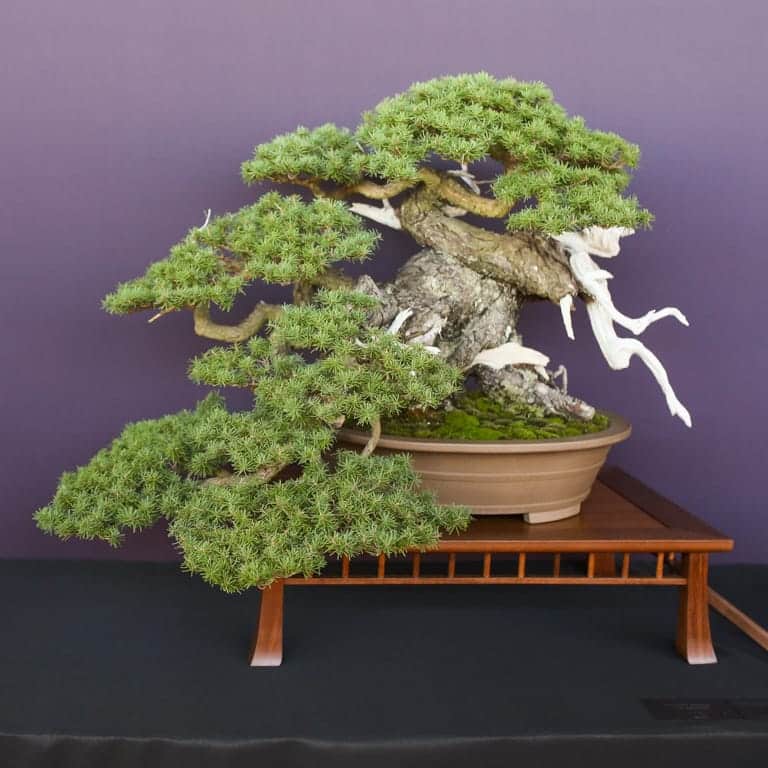
Mountain hemlock by Ken Wassum
(Average score: 3.9) Photo courtesy Aki Yamakawa
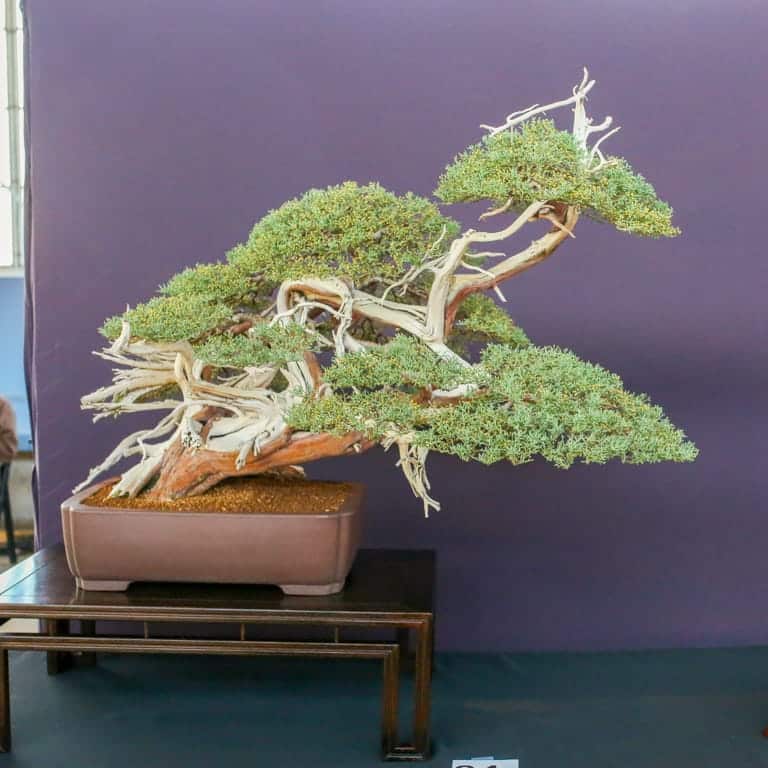
Western juniper by Peter Tea
(Average score: 4.0) Photo courtesy Aki Yamakawa
For photos of the award-winning conifers and more info about the judging, see “2022 Award winners” at the Expo website.
